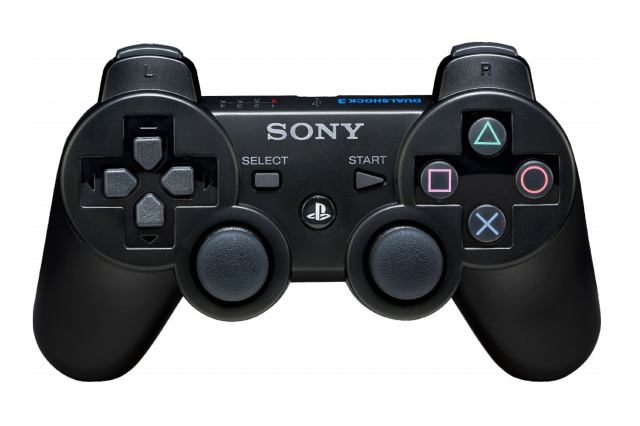 AD
AD
The 5 Greatest Innovations in Gaming Controllers
Games have come a long way since Pong hit the scene in 1972. Just like how the historic New Jersey sports betting scene has adapted to the changing times, games have too: graphics have improved, gameplay has grown astronomically more complex and the stories they tell have become deeper. You know what’s often overlooked when people trace back the history of videogames, though? Controllers. The humble tool we use to interact with the digital realm has seen so many revisions, overhauls and innovations that it boggles the mind, and yet so few people pay it the respect it deserves. We think it’s time to celebrate some of the most ambitious and influential controller innovations in gaming history. Grab some snacks: we’re heading out on a journey to the late 20th century.
The Joystick
While the precise origins of the joystick aren’t too clear, most people are content to credit the Atari 2600 with bringing the joystick to the home console market in 1977. Just think, before then, people had to control their (admittedly simplistic) games with an odd assortment of button pads, dials and knobs; early gamers must have looked like they were tuning some outlandish radio! With the advent of the joystick, however, players could control their on-screen avatars with ease. Want the pixelated protagonist to move up? Simply push the joystick up: it couldn’t be simpler!
The D-Pad and Face Buttons
Is there any symbol more representative of console gaming than the D-pad and face button combo? Nintendo didn’t just save the US home gaming market with the Nintendo Entertainment System, it also pioneered the perfect method for controlling characters on a 2D plane with its iconic controller. Even modern controllers, when you boil them down, are essentially heavily (okay, very heavily) modified versions of the controller Nintendo created for the NES.

Dual Analog Sticks
In the late 1990s, 3D gaming opened up a whole new world of potential. Of course, it also opened up a veritable Pandora’s Box of control-related challenges. How on Earth were players meant to effectively control their exciting new 3D characters with control schemes designed for 2D? Nintendo may have attempted to solve the problem in 1996 with the Nintendo 64’s single analog stick, but the perfect answer came courtesy of Sony and its brand-new PlayStation console in 1997. How did Sony beat Nintendo’s single analog solution? Simple: make two of ‘em! Dual analog technology, pioneered with Sony’s Dual Analog Controller and popularised with the DualShock, revolutionised how 3D games were controlled on console, and it set a new standard for how 3D games were to be controlled from then onwards.
Rumble
Nowadays, it’s hard to imagine a videogame controller releasing without rumble technology. Sure, it may have been ubiquitous for decades now, but rumble wasn’t always a feature of controllers; it had to be invented, and who invented it? That’d be Nintendo in 1997. Released alongside Starfox, the Rumble Pak attachment slotted into the Nintendo 64 controller and did what it said on the tin: it caused the controller to rumble. It’s easy to overlook the Rumble Pak as a novelty. After all, who really cares about a bit of vibration, right? Give some thought to how widely the feature has been adopted in—more or less—every home console since. Lack of rumble might not ruin a gaming experience, but it certainly feels… empty.
Motion Controls
Call them a novelty with no practical applications in games; we won’t blame you. The fact remains, however, that motion controls, introduced with the Nintendo Wii in 2006, served a crucial role in bringing gaming to the mainstream. For that reason, they deserve recognition as one of the most important controller innovations of all time. With the Wii Remote (or, if you prefer, the Wiimote), aspiring gamers no longer had to contend with complex control schemes and complex button combinations. The barrier to entry for gaming had never been lower, and people of all ages, all abilities, could suddenly try their hand at gaming in a context that wasn’t quite so daunting. Just look at the popularity of Wii Sports for a demonstration of this in action. Let’s say you’re a first-time gamer, looking to dip into a bit of virtual tennis. How do you swing the racquet? Simple! Swing the remote. Never had gaming been so simple (and never will it be quite as simple again).
Controllers are constantly changing, shifting and evolving as time goes on. These are just five of the major innovations gaming history has enjoyed, but there are plenty more to pick from. With any luck, we've got more to look forward to as well!









COMMENTS